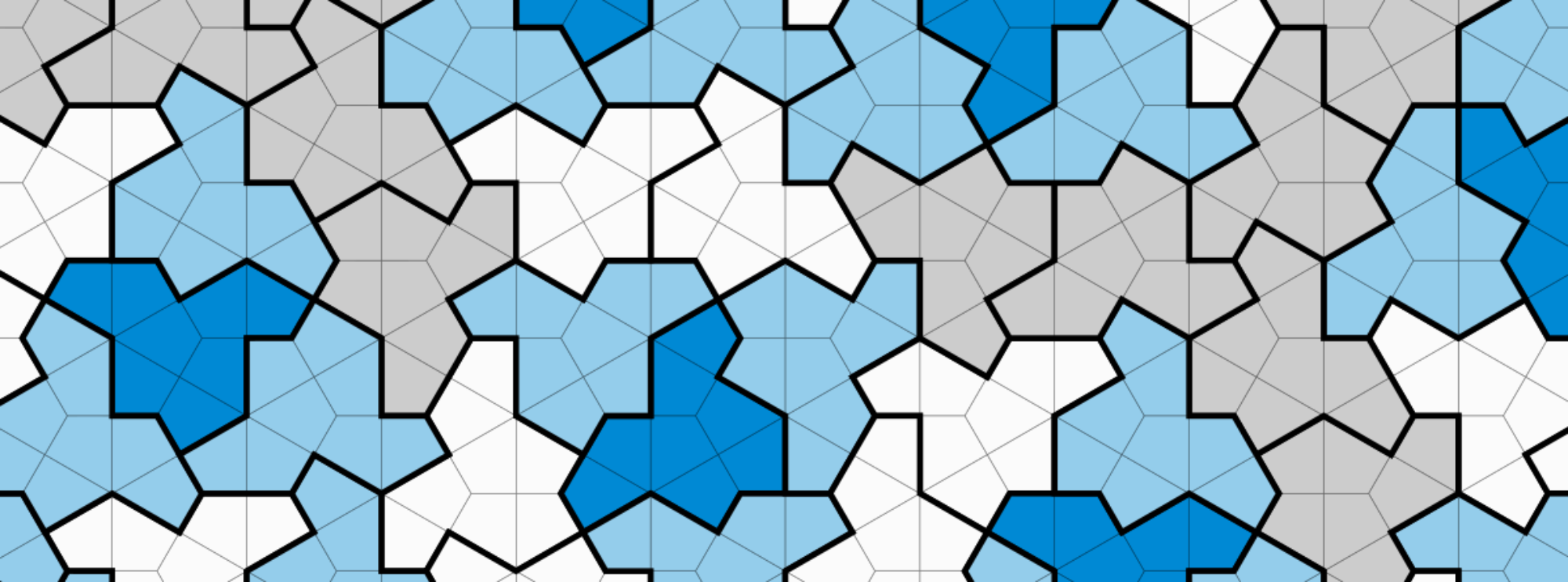Must an uncountable set be somewhere dense? Have positive measure? The answers to these questions is perhaps surprisingly NO! With the infamous cantor set being the counter example.
Throughout this post the term “Cantor set” would be used exclusively for the middle-thirds cantor set.
The Cantor(middle thirds) set is constructed quite simply. Take the interval $[0,1]$, divide it into three equal line segments and cut the middle open interval out, then repeat the process with the remaining line segments, take each remaining line segment divide it into three equal line line segments, cut the middle open interval out and so on…

The Cantor set is the set of all points that belong to all line segments in this process.
To those of you familiar with decimal numbers in base 3, you’d probably notice a striking similarity, and indeed the Cantor set consists of exactly those elements of the unit-interval use ternary expansion consists of only $0$’s and $2$’s. Now by Cantor’s famous diagonal argument it follows that the set is uncountable. It is not particularly hard to see that this set is nowhere dense as it is closed and has an empty interior, and therefore we have an example of a nowhere dense uncountable set! In fact this set also has measure zero, because the sum of the measures of all the subsets removed in the stages is: $1/3+2/9+4/27+…=1$.

Great ?I should certainly pronounce, impressed with your site. I had no trouble navigating through all tabs and related info ended up being truly easy to do to access. I recently found what I hoped for before you know it at all. Quite unusual. Is likely to appreciate it for those who add forums or something, site theme . a tones way for your client to communicate. Excellent task..